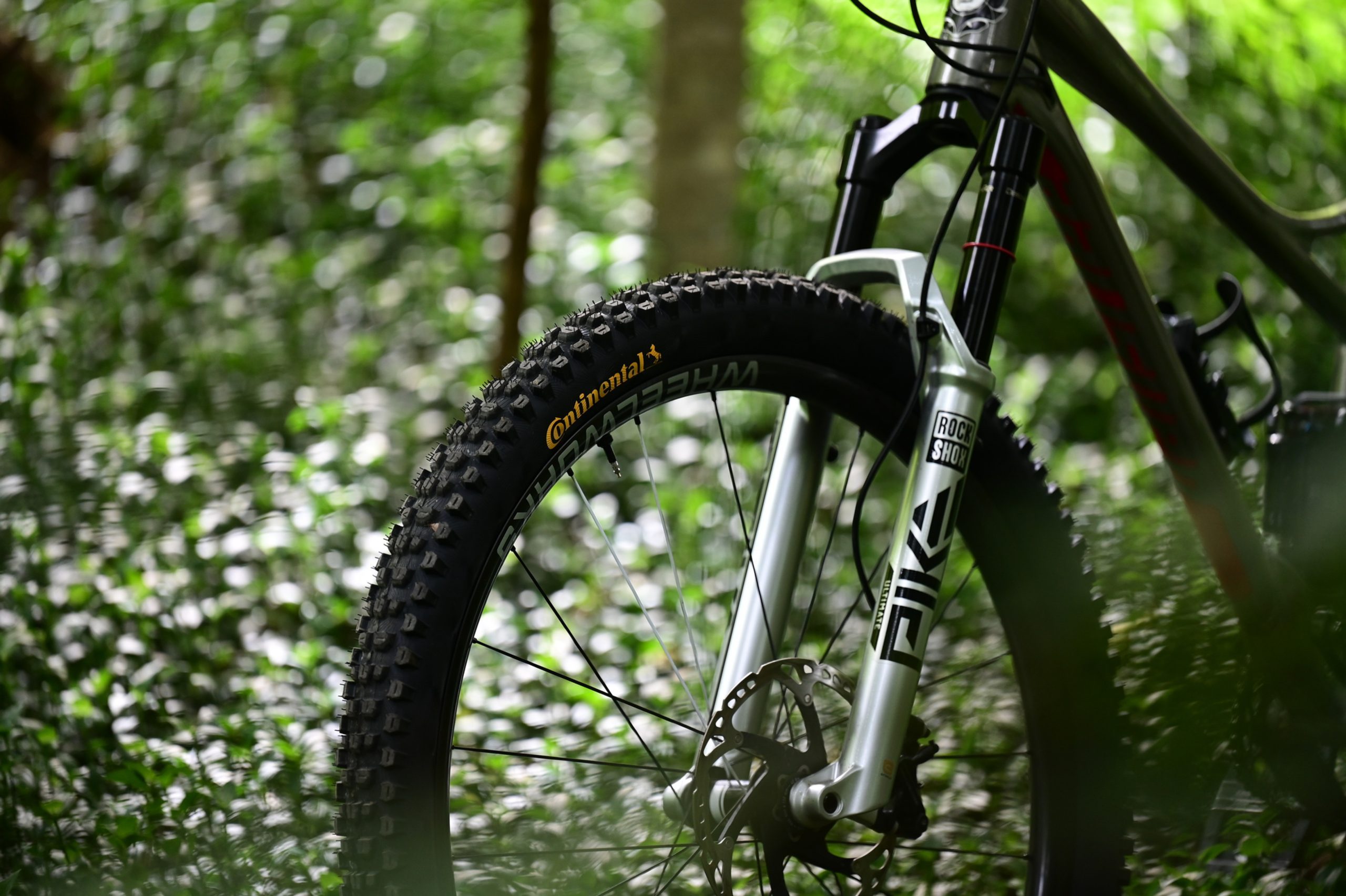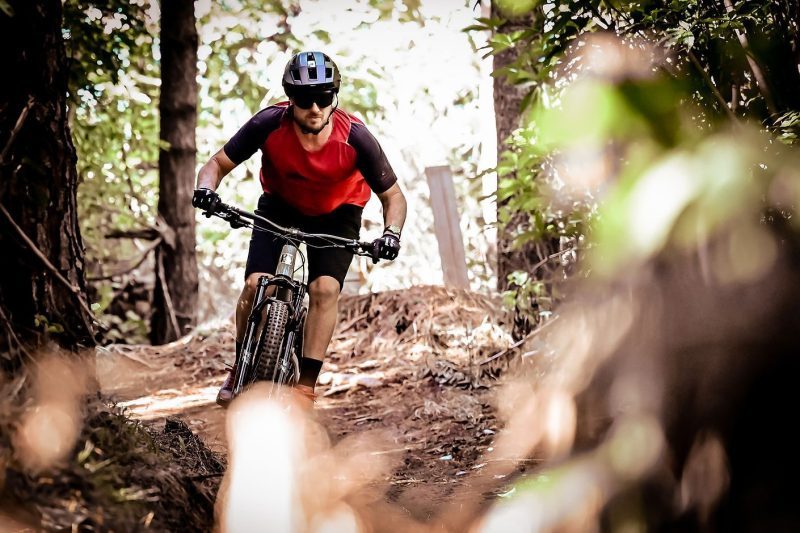Review: Continental Kryptotal & Xynotal Tyres
Reviewed by Lance Pilbrow
Distributed by Worralls
RRP: $148
Continental have recently done a major overhaul of their gravity tyre offering. The range they offer now is almost overwhelming. Four new names, five new tread patterns, three casings, and three rubber compounds. It’s a lot to get your head around. To try and simplify things, let’s run through the tread patterns, which will help you narrow your choice down to match how dry or wet your riding conditions are. For hardpack conditions you start with the Xynotal tread pattern; mixed terrain is the Kryptotal (front and rear specific tread pattern); the Argotal is for loose terrain; and the Hydrotal is for mud. Got it? We’re just getting started. The Xynotal, Kryptotal and Argotal are all offered in Trail, Enduro, Downhill, or Downhill Supersoft casings (the Hydrotal is only offered in DH super soft). Oh, and then you choose how hard or soft you like your rubber: Endurance (harder); Soft (softer than Endurance); or Supersoft (pretty self-explanatory). Still with me? If you like Subway and getting your Sub just the way you like it, then you’ll be in tyre heaven. For all that choice, width wise, the Kryptotal Re is 2.4” or 2.6”, everything else is 2.4”, and that’s it. Everything is available in 29” or 27.5”.
Ok, so you have lots of variants to choose from. No, I did not test every variant. As much as I love new tyres, I have other things to do with my summer. I’ve been riding the Kryptotal Fr (Front) and Kryptotal Re (Rear) in the Enduro Casing, with the Soft compound, in a 2.4” width, this summer. This probably represents a fairly middle of the road option across the board. The tread pattern on the Kryptotal Fr has a 2-3-2 pattern down the centre, whereas the Re has a consistent 2-2-2 pattern. The Enduro casing has three layers of 110 tpi thread count and weighed in at 1125 gm
Out of the box, the tyres actually just look great. I didn’t know I was so attuned to what a quality tyre felt like, but these are that. The finish on the tyres is top notch. The graphics are perfect and there is a unique kind of embossed pattern in the side walls and in between the lugs. It screams German precision and quality. Getting them mounted up on my WheelWorks wheels was pretty tough, I’m going to be honest. Were these the hardest tyres I’ve ever had to mount? No, but it would be getting close. The casing is incredibly stiff. Just getting them on the rim felt like I was going to break tyre levers or damage my rims. Thankfully, that was all in my head, but it took a LOT longer to get them on than any other tyre I’ve used in the past. Once they were on, they sealed up nicely.
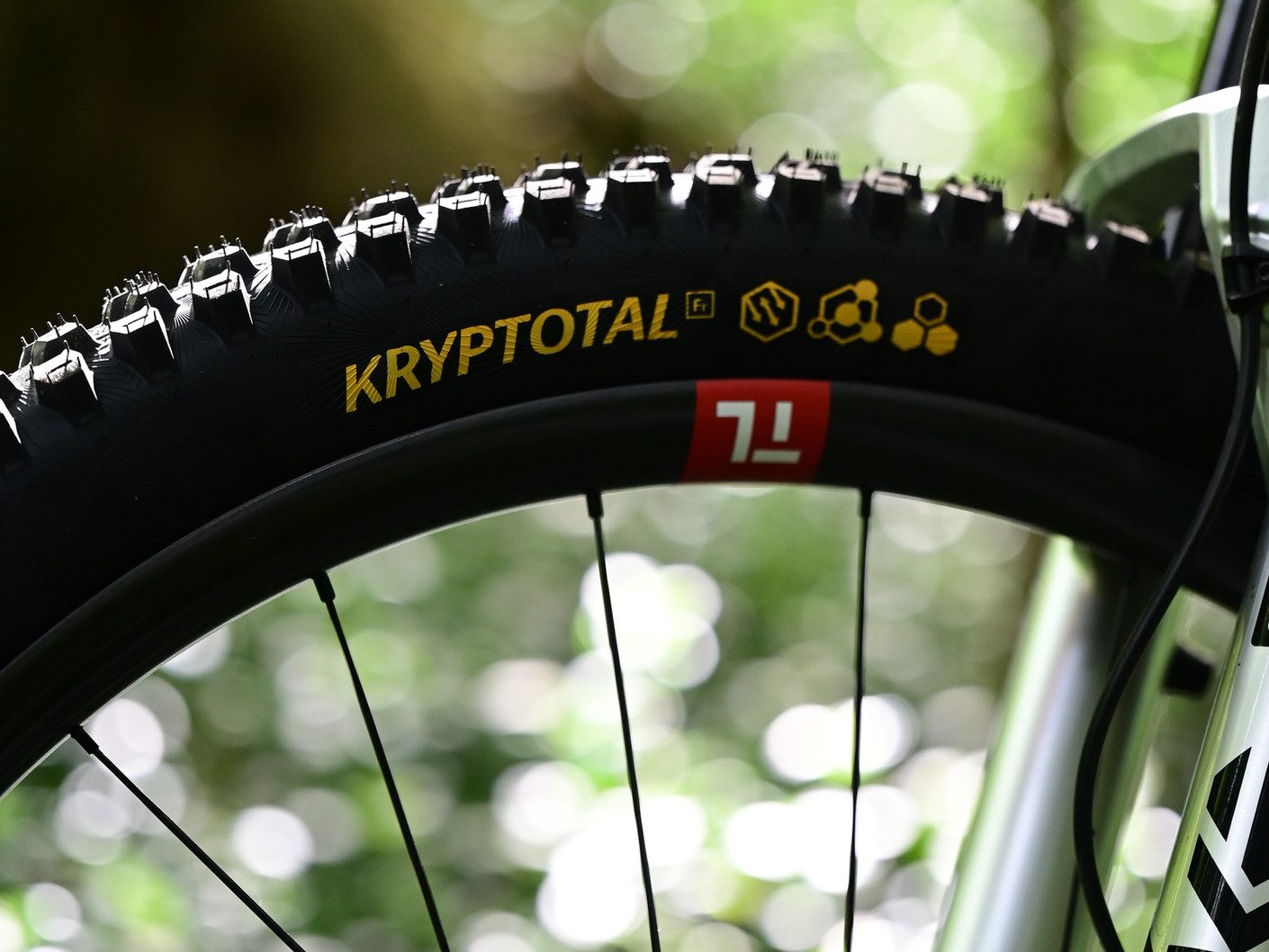
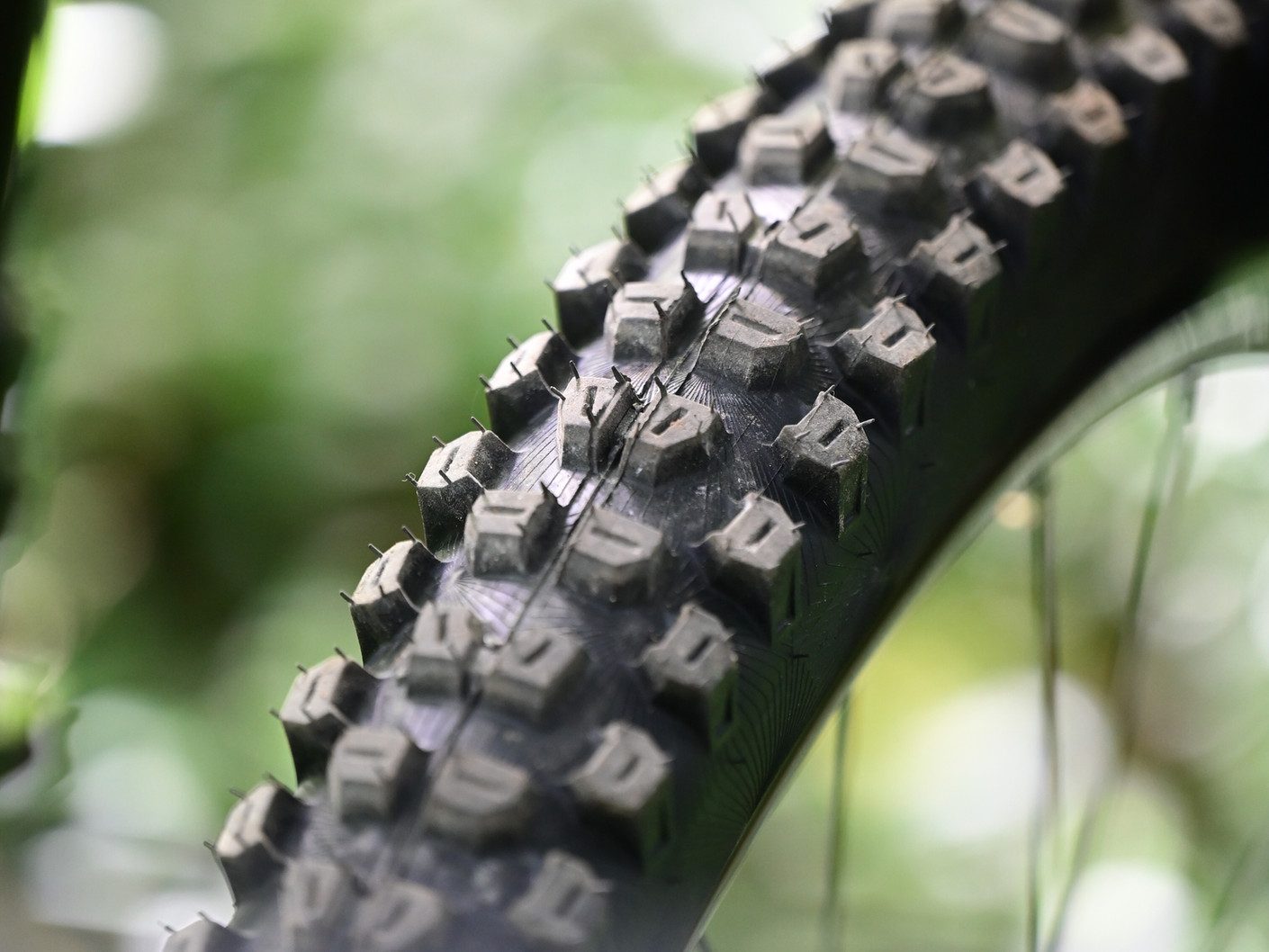
Visually, you can see that these tyres mean business – the lugs are tall and on the front there are generous gaps to help with mud clearance, enabling the tyre to really dig in. Out on the trail I have been really happy with the Kryptotals. The 2.4” width is spot on for trail riding and gives you plenty of rubber for when things get just a bit squirrelly. Having spent a fair bit of time recently on lighter, faster rolling tyres, coming on to the Kryptotals felt like I had traction in spades, and I always felt in control. I could push and push and it would always seem to hold. When heavy braking occurred, it would always hook up strong and this really made me feel confident riding them. I really noticed how, on a few favourite turns, I would try to push through and stay off the brakes, and the Kryptotal held the line incredibly well. Occasionally, I was actually surprised that I didn’t lose the front end, and was left thinking, ‘huh, I rode out of that?!’ with a great big smile across my face. This really helps with confidence and keeping your fingers off the brakes; holding your speed through the corners.
After a summer of riding, I’m happy to say the tyres still look great. The side walls are in great condition, and I haven’t had a single puncture, tear, or burps. If you’ve been a fan of Maxxis Assegai’s or DHR’s then I think you’ll find the Kryptotal to be right up your alley. I’ve been really impressed with these and will be leaving them on my bike for as long as I can. They gave me great confidence to push hard into corners and control when navigating heavy braking down steep descents.

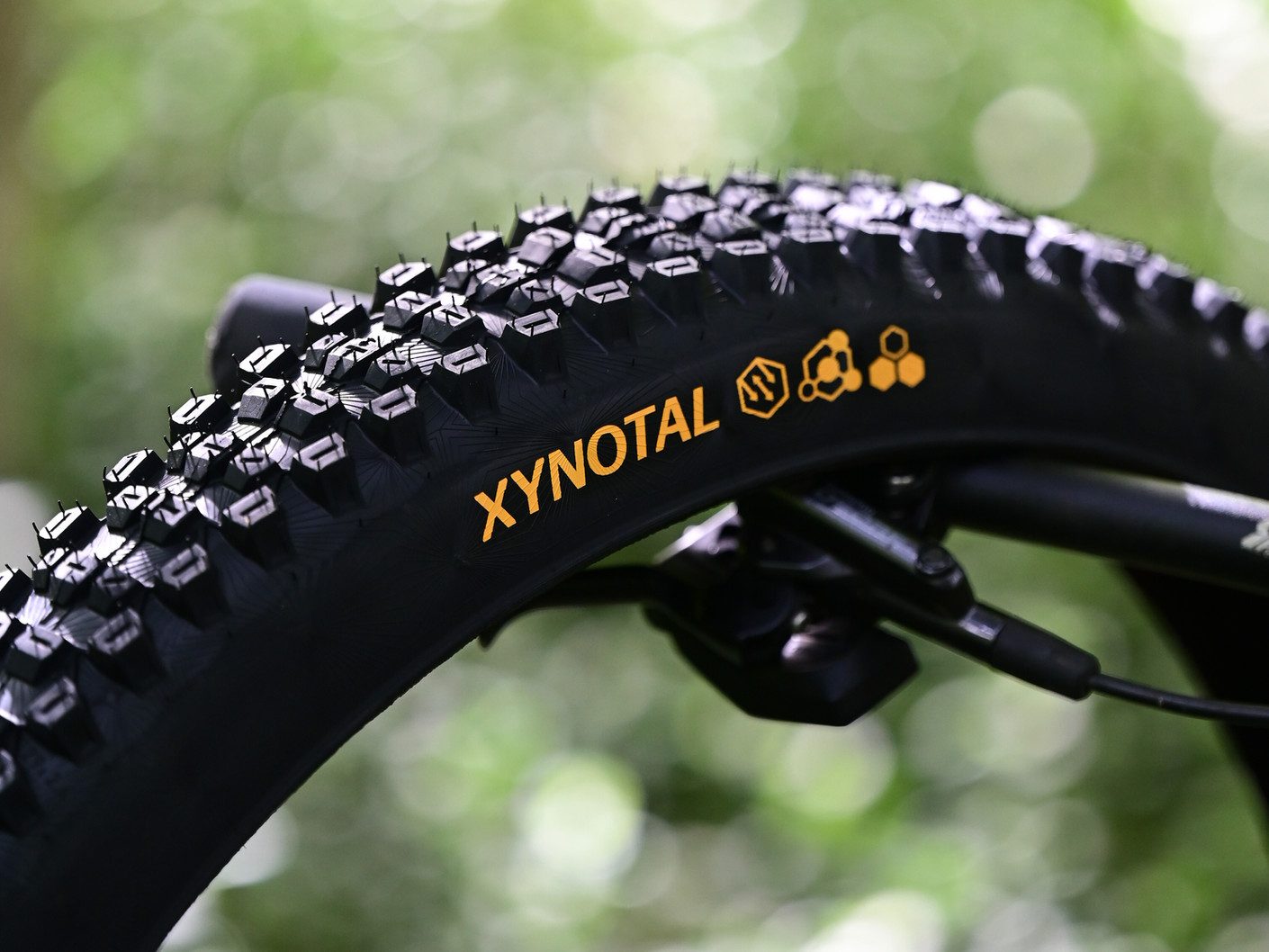
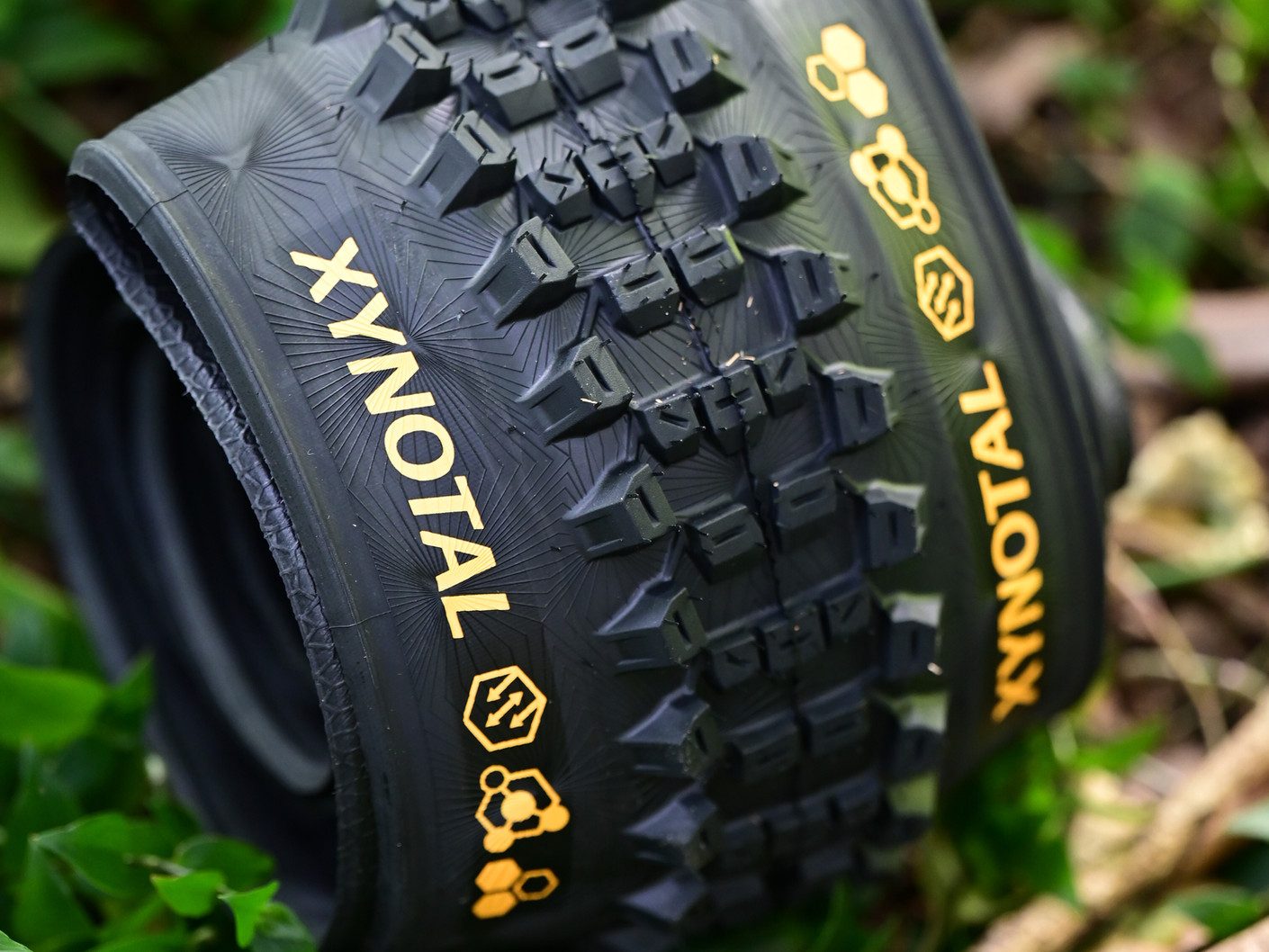
I also was able to spend a small amount of time on the Xynotal tyre too. This one is not offered as front or rear specific and, at a distance, it looks incredibly similar to the Kryptotal Fr. So similar it was a little like one of those ‘spot the difference’ cartoons but, after a bit more of a careful inspection, the Xynotal’s tread pattern is slightly closer together. On the part of the pattern where there are ‘2’ centre lugs, the Xynotal groups these closer together, whereas the Kryptotal keeps these further apart – presumably this helps the Kryptotal with mud clearance and hooking up in looser conditions (which is what it is targeted to do.) The Xynotal’s lugs are also considerably more bevelled down at the leading edge which should help reduce rolling resistance. All in all the Xynotal is theoretically designed for more hard pack conditions and may help the rider retain a bit more speed. On the trail, I found it really hard to tell the difference between the two – aside from generally feeling that the Kryptotal just had a bit more ‘bite’ to it. If I noticed it anywhere, it was on steep chutes under heavy braking. The Kryptotal just seemed to be able to hold traction for that fraction longer. This is all pretty arbitrary really, as it’s hardly a controlled test, but if hardpack conditions are where you ride, the Xynotal would do the job perfectly. As an all-rounder, I’d probably err towards the Kryptotal – and I like the front and rear specific options it gives.
The fact that the new Continental range is offered in so many variations of patterns, compounds and sidewalls is slightly overwhelming at first, but it means you can find a tyre that perfectly suits your riding style. Pricing varies across the range, depending on your variant. The Kryptotal’s and the Xynotal come in at $148 each.
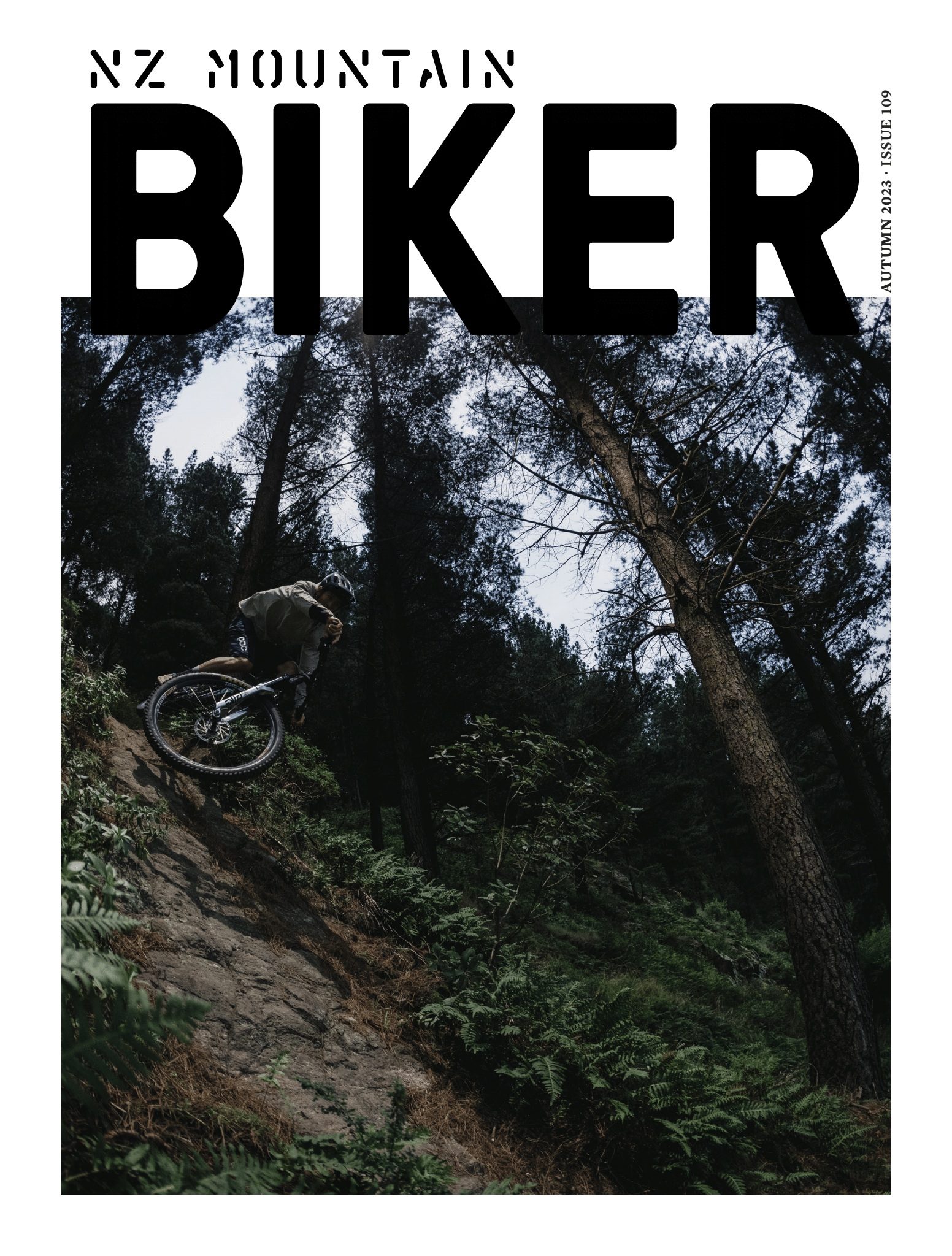
Review: Marin Rift Zone 2
If you’ve been around biking long enough, you’ll no doubt be in sheer disbelief over the price escalation that has been part of the sport. I’m not sure who is buying the $20,000 bikes on offer, but clearly someone is. In many ways, though, at the other end of the spectrum, the quality of ‘entry level’ bikes we are getting is incredible too. The Marin Rift Zone 2 (RZ2) is probably in this category, although we’re aware that calling a $3,499 bike ‘entry level’ clearly shows we’ve been drinking the MTB industry Kool-Aid by the gallon!)
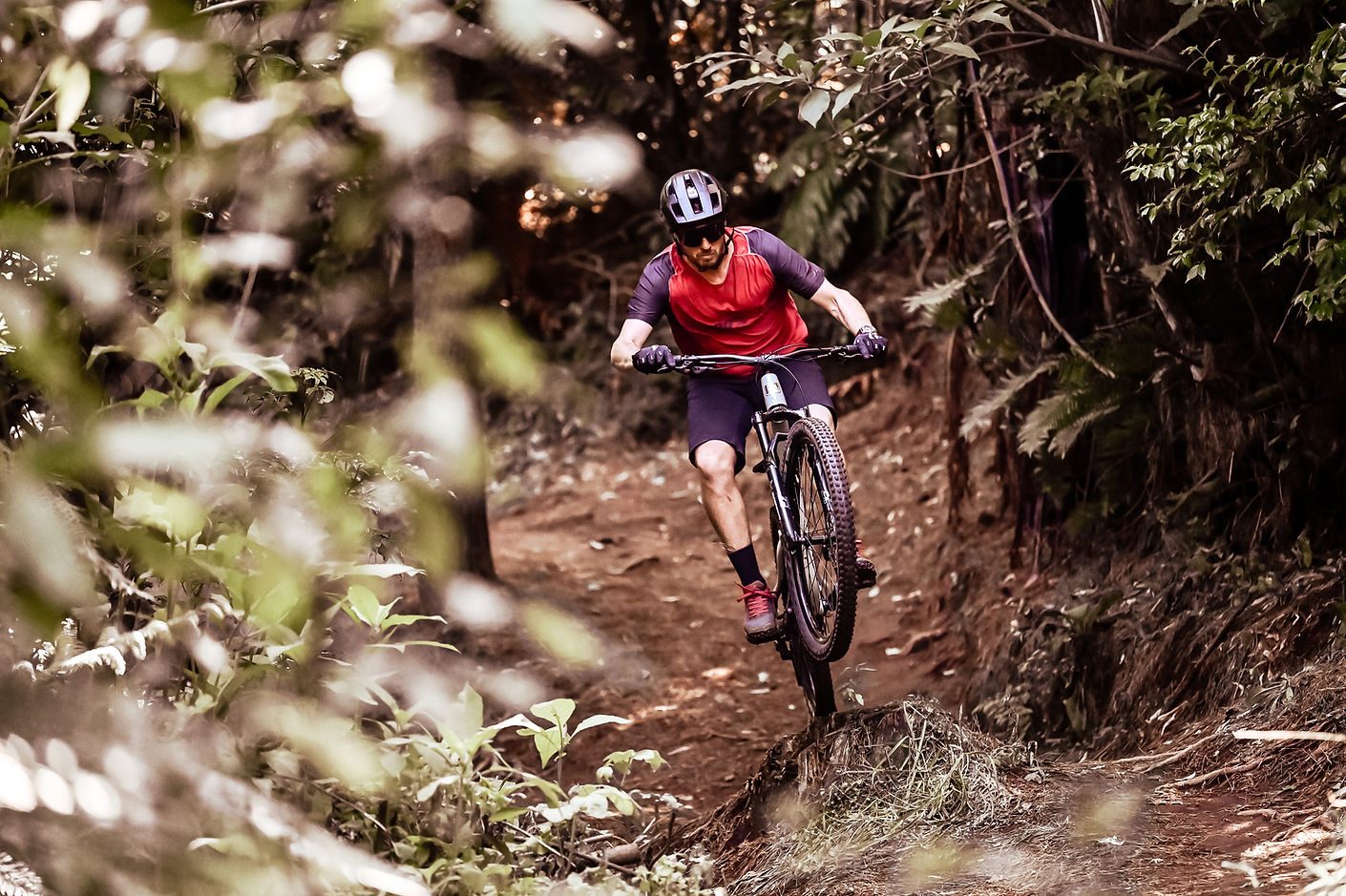
Marin Bikes have been around for, literally, ever - arguably among the ‘first’ of a group of mountain bike companies hailing from Marin County California. In recent years, they have been absolutely hitting it out of the park with quality bikes that look the biz - and at great price points too. The Rift Zone 2 is a perfect example of this; it hits so many of the right notes and, if you’re just here for the summary, it’s this: the Rift Zone 2 is all killer, no filler. A great choice to take your trail riding game to the next level, and feel really quite smug at your clever purchasing.
We tested the alloy framed RZ2, priced at $3,499. There is also a slightly lower spec RZ1 at around $2,899, and a flashier, more aggressive specced XR version, plus two carbon options above that as well. But it’s this mid-range option that will hit the sweet spot for lots of riders (or parents of riders). Spec wise, the Rift Zone 2 has a 140mm Marzocchi Bomber Z2. It may not be as flashy as its Fox or Rock Shox brethren, but this fork is a true workhorse and is capable of handling a wide range of terrain, from flowy singletrack to technical descents and everything in between. If you’re old enough to remember the original bright orange Bombers it’s got a certain nostalgia to it too. Handling the rear is the Rock Shox Deluxe Select RT Debonair, delivering 130mm travel. Despite being quite a mouthful of a name, the shock is pretty straightforward and proved to be highly responsive and supple. The Debonair technology provides excellent small bump sensitivity and a highly progressive ramp-up as you charge bigger hits and drops. This allows the shock to provide good levels of control and stability in most riding conditions.
Shifting is handled by the Deore 12-speed system. Well, at least the shifter and the derailleur are Deore; the derailleur features Shimano's Shadow technology, which provides good chain stability and reduces chain slap, ensuring that you get a quiet and smooth ride. We reviewed the Deore drivetrain a few issues back and were impressed by it - so long as it is kept clean as it does seem more ‘temperamental’ when it gets bogged down in grit and gunk. Sadly, you’ve got a Sunrace cassette, but that is something you will naturally update down the track. The cassette features a 11-51T gear range, which provides a 510% gear range, making it highly versatile and capable of handling a wide range of terrain.
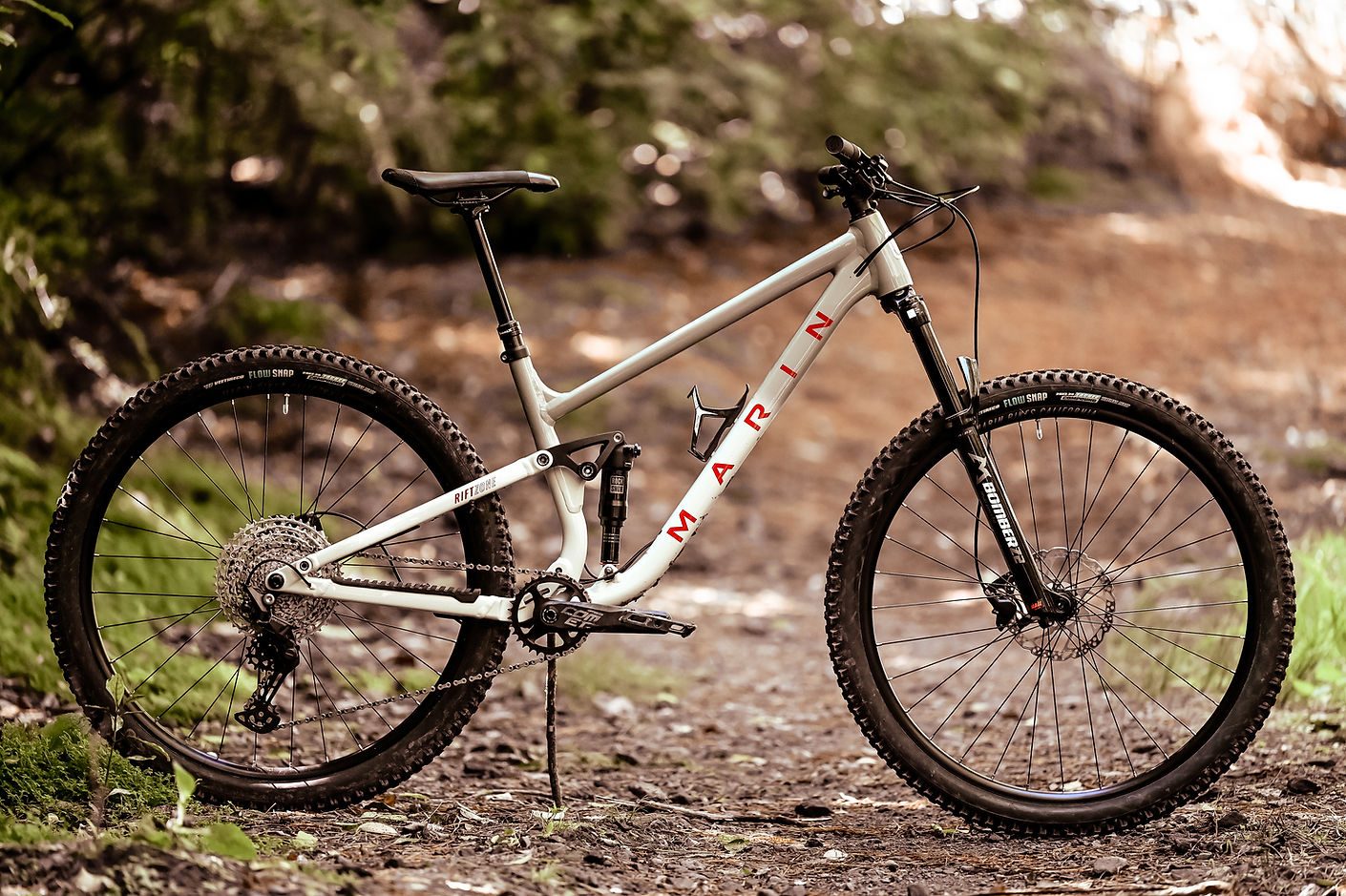
A Tranz-X dropper provides a simple but totally functional dropper seat, and it’s great to see it offered at a 170mm drop on all sizes apart from the small, which gets a 150mm version. The only other notable spec was the 2-piston Shimano brakes which felt like a swing and a miss. Even the low-cost M520 4-piston Shimano brakes would be a welcome addition, even if this raised the price fractionally.

Both carbon and alloy frames sport full internal cable routing in the front triangle with Marin’s all-new internal cable routing grommets providing a clean and rattle free cable set up. Colours are subjective, but most of our riders were impressed with the simple grey/white fade and striking red graphics. Geometry wise, our size large had a fairly lengthy 485mm reach and fairly slack 65.5 head angle. Remember, this is only a 130mm travel bike, but it is clearly pitching itself at the aggressive end of the ‘trail bike’ spectrum.
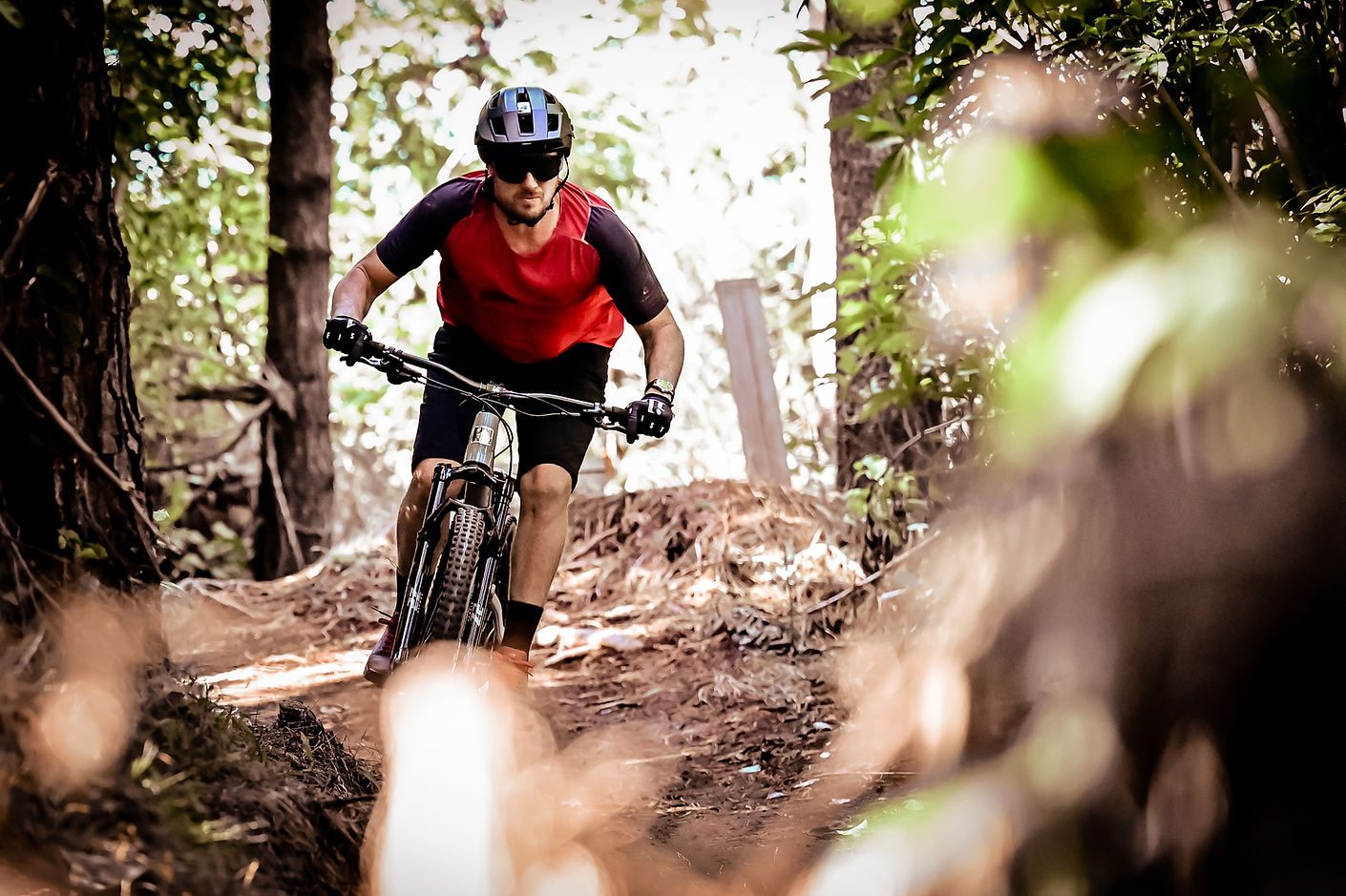
On the trail we were immediately impressed with the Rift Zone. The phrase that kept coming up was ‘bang for buck’. It doesn’t have any particular bling, but that doesn’t hold it back from doing everything it needs to do. Marin’s MultiTrac suspension system delivered a balanced ride capable of absorbing big hits with an ‘efficient enough’ pedalling platform. We were really impressed with just how much of a lively combo the slack head angle and moderate amount of travel made. Longer travel bikes can feel like they take excessive rider energy and input to ‘get up and going’, but the Marin feels spritely; the short chainstays and low bottom bracket height make for nimble and agile handling on tight turns and technical terrain. Despite being on the lower end of travel, the slack head angle gives the rider plenty of confidence to have fun and attack whenever the trail presents an opportunity. This is a winning combination for many of us, who need one bike to do most things well.
The Vee Snap tires specced also performed well. Being a new tyre for our testers, it has an aggressive pattern and seemed to pump up wider than its 2.35” label. They gave good grip and cornering ability on a range of terrain types, from loose dirt to rocky surfaces. Other parts handled suitably well too. The Bomber fork was surprisingly capable, and even outshone the RockShox rear shock which we never quite managed to get dialled, but maybe reflects its price point. The only thing we kept coming back to, were the brakes. The bike wants to be ridden hard, but 2-piston brakes have their limit and longer, steeper descents reminded us why 4-piston brakes would be a better option. It’s not a deal breaker, but something that could have made the RZ2 an absolute home-run.
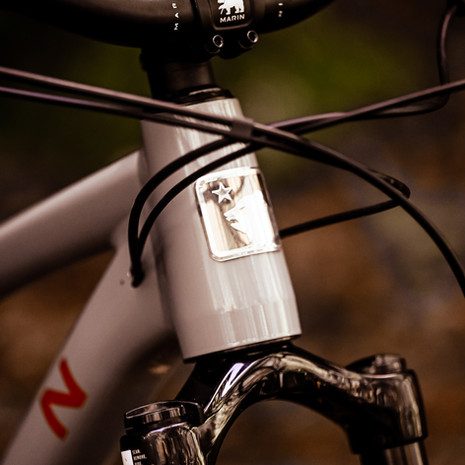
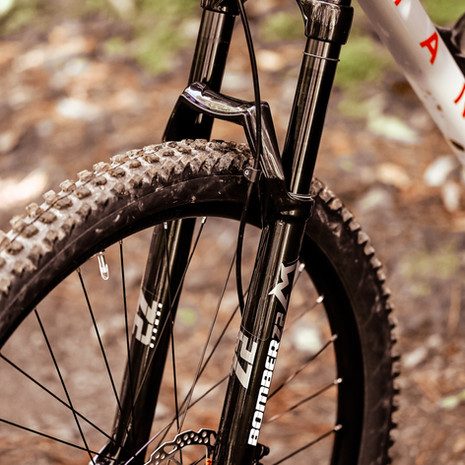
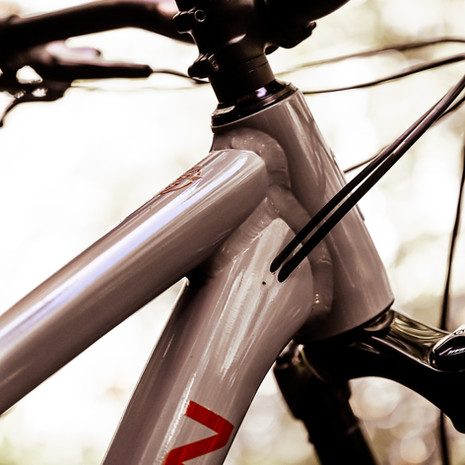
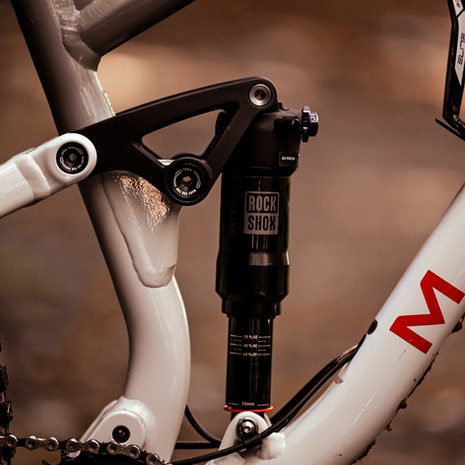
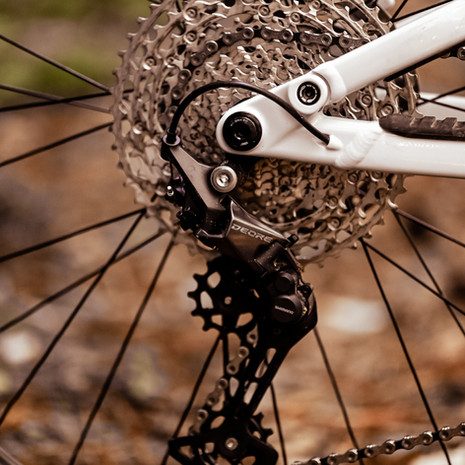
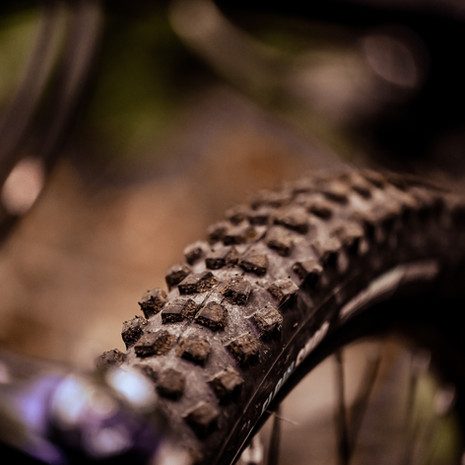
Talking to a local bike shop mechanic about the Rift Zone, he pointed out that, from a shop perspective, they have been really impressed with the Rift Zone and have seen very few issues come up, which should give buyers confidence too. They’ve sold a lot of them to teenagers, where parents are looking for a bike that is going to let their child really expand their capabilities without breaking the bank (too much). I can see that being a great fit.
Ultimately what really stands out about the Rift Zone 2, is its versatility. This bike is designed to handle a wide range of terrain, from flowy singletrack to technical descents and everything in between, and it’s not afraid to jump - something a teenager, in particular, will really like. The bike's geometry and suspension system make it highly capable and able to tackle any trail. It all comes together in a package that really feels like value for money, and greater than the sum of its parts.
Distributed by Advance Traders l RRP: $3,499
Words: Lance Pilbrow
Images: Julia Moore-Pilbrow


